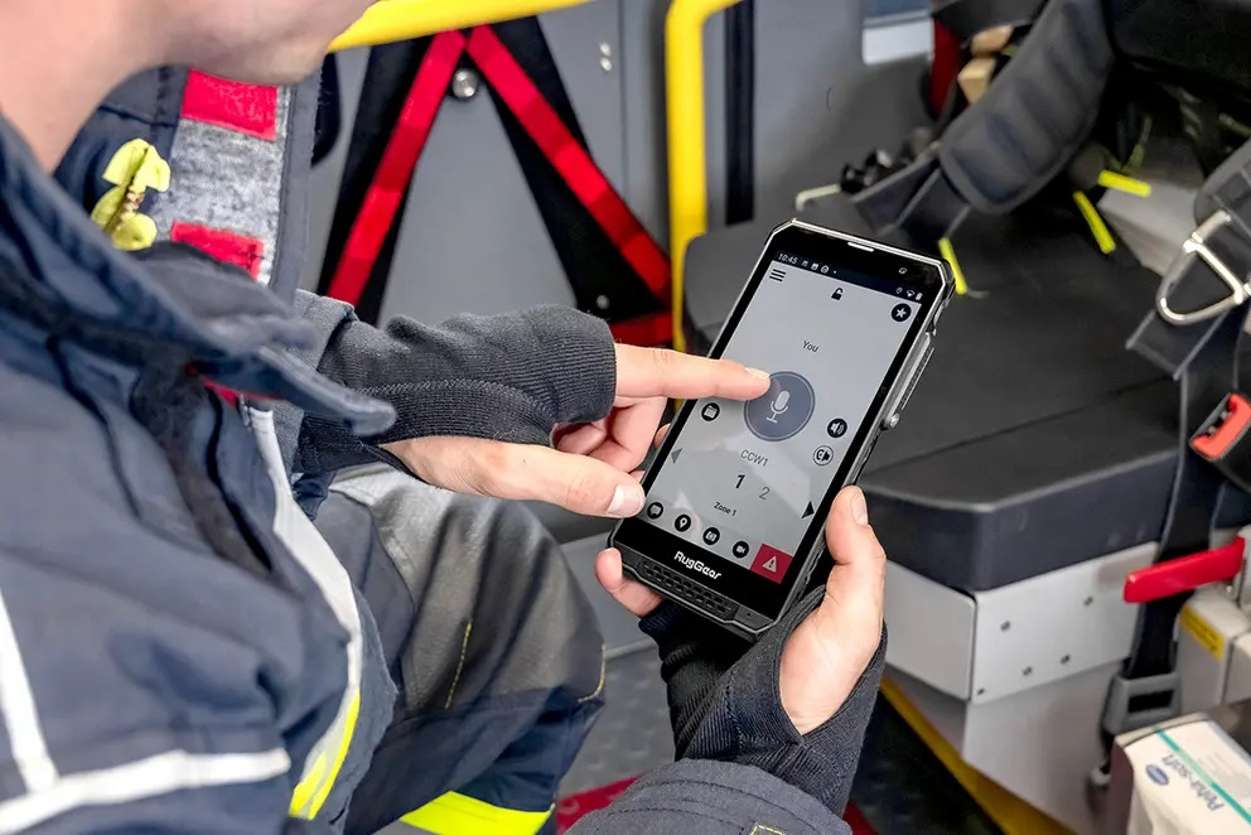Need for Enterprise Mobility Management (EMM) Accentuated as 75% of Employees Admit Device Issues Reduced or Delayed Critical Care Across Emergency Services
An alarming statistic from SOTI’s latest report “Digitizing the Frontline: Transformative Technologies in Critical Care,” underscores that 97% of first responders face challenges with their mobile devices.
In Australia’s vast and challenging landscape, where bushfires, floods and other natural disasters frequently disrupt lives, the pivotal role of technology in emergency services cannot be overstated.
The need is accentuated by Australia’s unique environmental challenges, making reliable communication and device accessibility not just beneficial, but essential for effective emergency management—from prevention and readiness to response and recovery.
The report emphasises technology’s crucial role in front-line response, revealing operational challenges and opportunities for improvement.
The findings also underscore issues such as device downtime, delayed collaboration and reporting, underlining the ongoing need for digitisation and enhanced device management and remote device support in emergency services.
Tech Breakdowns: Key Challenges Facing Emergency Response Teams
The report highlights several fundamental technology failures that emergency service teams cannot afford to experience. An alarming 75% of emergency service workers said that there have been occasions when the care they provided was reduced or delayed due to issues with mobile devices.
Issues such as delays in accessing digital records (45%) related to incidents due to apps/web apps not working, while 27% faced delays in receiving data for location details.
Most concerning, 70% reported that resolving mobile device issues takes up to 30 minutes, posing a significant impact during critical events where swift decision-making can be lifesaving.
Frustrations have led more than half (52%) of first responders to use their own devices at work. When they aren’t using personal devices, global emergency service teams also share many IT resources, including printers (73%), notebook computers (59%), and rugged handhelds and tablets (57%).
Addressing Australia’s Technological Gaps
According to SOTI VP for Sales, APAC, Michael Dyson in the wake of severe bushfires and floods, there is real urgency to address emergency services’ technological gaps in Australia.
“These disasters amplify the consequences of delays and inefficiencies in emergency response caused by outdated or inadequate mobile device technology,” said Dyson
“The implementation of a comprehensive EMM solution stands out as a critical measure for enhancing operational efficiencies and response capabilities,”
“By equipping emergency personnel with reliable and instant access to essential real-time data and efficient, robust communication tools, we can significantly improve disaster response outcomes for everyone.,”
“By addressing immediate technological gaps this will bolster the resilience of emergency services, better preparing them to face the escalating frequency and severity of natural disasters experienced in Australia each year.” he said.
The Push for Technological Innovation in Emergency Services
SOTI also found on average, 52% of Australian frontline workers still rely on traditional pen and paper methods for their cases. However, this outdated approach poses significant risks, including the potential for information getting lost, outdated and vulnerable to human errors.
In January 2024, emergency service workers took over two hours to locate a woman in a wheelchair inside a burning home after her distress call, due to firefighters using a printed map that led them to the incorrect address.
The process at the time was to send the fire station an A4 printout of the fire call with the address and a Melways reference – the same method that was in place 10 years ago.
Recognising the need for modern navigation tools, Fire Rescue Victoria has since begun equipping its fleet with new mobile technologies to support rescue workers in the field.
Just as civilians rely on first responders in times of crisis, so should front line workers on technology. However, 43% say that the issues they experience with devices cause increased stress levels for them and/or their team.
“The shift from manual paper-based methods to digital systems is pivotal to enhancing operational capabilities where every second counts.
“The recent incident in Victoria, Australia, where emergency service teams took over two hours to locate a woman in a wheelchair inside a burning home due to reliance on printed maps, highlights the urgent need for enhanced device management and capabilities within our emergency services sector,” said Dyson.
“Integrating modern navigational equipment, along with device tracking into emergency response infrastructure can drastically improve operational effectiveness and response times,” he concluded.
Report Methodology
SOTI’s research was conducted between January 26 and February 14, 2024, via 900 self-completed interviews from nine markets around the world.
All interviewees were emergency service workers. The markets represented are the U.S. (100), Canada (100), Mexico (100), the UK (100), Germany (100), France (100), Sweden (100), the Netherlands (100) and Australia (100).
About SOTI
Globally, with over 17,000 customers, SOTI has proven itself to be the go-to mobile platform provider to manage, secure and support business-critical devices. With SOTI’s world-class support, enterprises can take mobility to endless possibilities.







